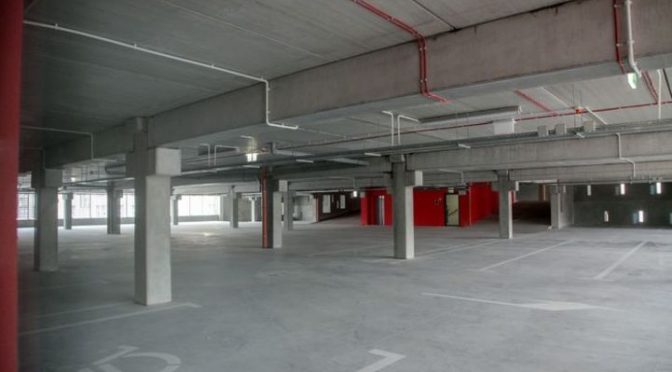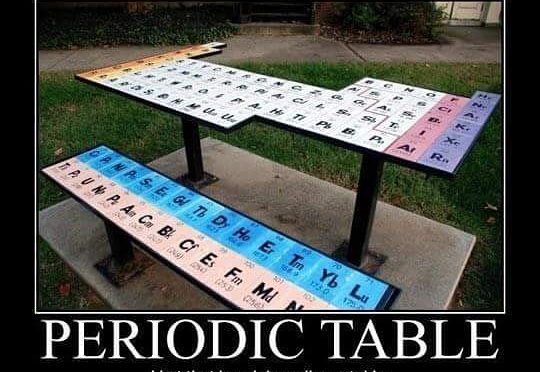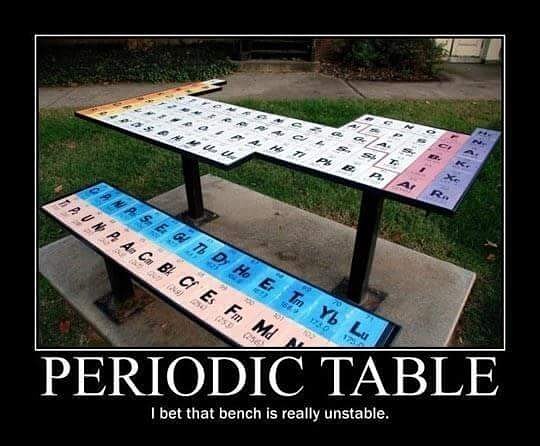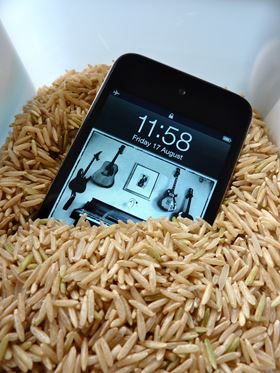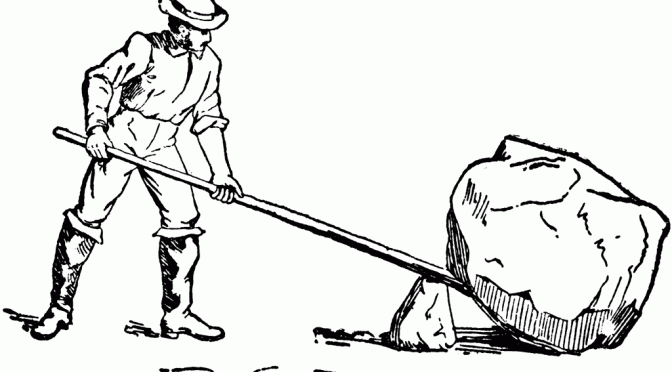| -260 |
Archimedes mathematically works out the principle of the lever and discovers the principle of buoyancy. |
| 60 |
Hero of Alexandria writes Metrica, Mechanics, and Pneumatics, |
| 1490 |
Leonardo da Vinci describes capillary action. |
| 1581 |
Galileo Galilei notices the timekeeping property of the pendulum. |
| 1589 |
Galileo Galilei uses balls rolling on inclined planes to show that different weights fall with the same acceleration. |
| 1638 |
Galileo Galilei publishes Dialogues Concerning Two New Sciences. |
| 1658 |
Christian Huygens experimentally discovers that balls placed anywhere inside an inverted cycloid reach the lowest point of the cycloid in the same time and thereby experimentally shows that the cycloid is the isochrone. |
| 1668 |
John Wallis suggests the law of conservation of momentum. |
| 1687 |
Isaac Newton publishes his Principia Mathematica. |
| 1690 |
James Bernoulli shows that the cycloid is the solution to the isochrone problem. |
| 1691 |
Johann Bernoulli shows that a chain freely suspended from two points will form a catenary. |
| 1691 |
James Bernoulli shows that the catenary curve has the lowest center of gravity that any chain hung from two fixed points can have. |
| 1696 |
Johann Bernoulli shows that the cycloid is the solution to the brachistochrone problem. |
| 1714 |
Brook Taylor derives the fundamental frequency of a stretched vibrating string in terms of its tension and mass per unit length by solving an ordinary differential equation. |
| 1733 |
Daniel Bernoulli derives the fundamental frequency and harmonics of a hanging chain by solving an ordinary differential equation. |
| 1734 |
Daniel Bernoulli solves the ordinary differental equation for the vibrations of an elastic bar clamped at one end. |
| 1738 |
Daniel Bernoulli examines fluid flow in Hydrodynamica. |
| 1739 |
Leonhard Euler solves the ordinary differential equation for a forced harmonic oscillator and notices the resonance phenomenon. |
| 1742 |
Colin Maclaurin discovers his uniformly rotating self-gravitating spheroids. |
| 1747 |
Pierre-Louis Moreau de Maupertuis applies minimum principles to mechanics. |
| 1759 |
Leonhard Euler solves the partial differential equation for the vibration of a rectangular drum. |
| 1764 |
Leonhard Euler examines the partial differential equation for the vibration of a circular drum and finds one of the Bessel function solutions. |
| 1788 |
Joseph Lagrange presents Lagrange’s equations of motion in Mecanique Analytique. |
| 1789 |
Antoine Lavoisier states the law of conservation of mass. |
| 1821 |
William Hamilton begins his analysis of Hamilton’s characteristic function. |
| 1834 |
Carl Jacobi discovers his uniformly rotating self-gravitating ellipsoids. |
| 1834 |
John Russell observes a nondecaying solitary water wave in the Union Canal near Edinburgh and uses a water tank to study the dependence of solitary water wave velocities on wave amplitude and water depth. |
| 1835 |
William Hamilton states Hamilton’s canonical equations of motion. |
| 1835 |
Gaspard de Coriolis examines motion on a spinning surface deduces the Coriolis effect. |
| 1842 |
Christian Doppler examines the Doppler shift of sound. |
| 1847 |
Hermann Helmholtz formally states the law of conservation of energy. |
| 1851 |
Jean-Bernard Foucault shows the Earth’s rotation with a huge pendulum. |
| 1902 |
James Jeans finds the length scale required for gravitational pertrubatations to grow in a static nearly homogeneous medium. |
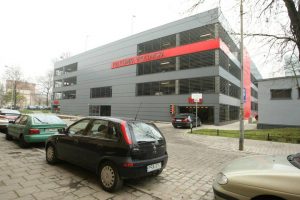 Nie wystarczy mieć parking. Nawet wielopoziomowy. Potrzebny jest parking o nieskończonej liczbie miejsc. Gdy ich zabraknie, a pojawi się kolejny samochód wystarczy pierwszy przeparkować na miejsce drugiego (zwalniając miejsce dla nowego samochodu), drugi na miejsce trzeciego, i tak dalej. Nie jest to procedura łatwa, ale…
Nie wystarczy mieć parking. Nawet wielopoziomowy. Potrzebny jest parking o nieskończonej liczbie miejsc. Gdy ich zabraknie, a pojawi się kolejny samochód wystarczy pierwszy przeparkować na miejsce drugiego (zwalniając miejsce dla nowego samochodu), drugi na miejsce trzeciego, i tak dalej. Nie jest to procedura łatwa, ale… Gorzej gdy miejsc jest skończona liczba. Wtedy mamy problem. Przed wjazdem na parking ustawia się kolejka samochodów czekających na zwolnienie się miejsca. Ale samochody blokują ulicę. I nic nie pomoże nawet specjalna aplikacja na smartfona.
Gorzej gdy miejsc jest skończona liczba. Wtedy mamy problem. Przed wjazdem na parking ustawia się kolejka samochodów czekających na zwolnienie się miejsca. Ale samochody blokują ulicę. I nic nie pomoże nawet specjalna aplikacja na smartfona.
